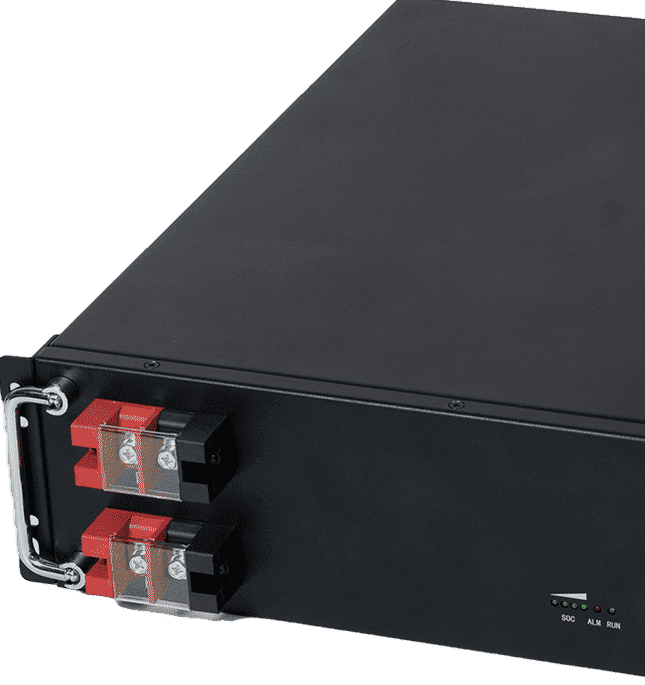A sealed lead-acid battery is a valve-controlled lead-acid battery that is designed to prevent electrolyte leakage and reduce gas generation. Its working principle is based on the charge-discharge reaction of lead and lead dioxide electrodes in dilute sulfuric acid electrolyte. When charging, an external circuit applies direct current to the battery, reducing the lead sulfate compound to lead and lead dioxide; When discharged, it converts lead and lead dioxide into charged lead sulfate compounds, releasing electrical energy. This process can be carried out in cycles, but in order to ensure the health of the battery, it must be operated in accordance with the correct charging time and charging method.

The charging time of sealed lead-acid batteries is affected by a number of factors, mainly including the capacity of the battery, the initial power, the charging rate of the charger, the health of the battery, the ambient temperature, etc. The specific analysis is as follows:
Battery capacity: The larger the capacity of the battery, the longer the theoretical charging time, because the total amount of energy required to fully charge is greater.
initial capacity: to rest after the battery discharge power is less, the longer the time required to charge.
charger rate: rated output current of the charger (such as 2 a, 5 a, or 10 a), affect the charging rate. A charger with a large current can charge the battery faster, but it is also necessary to be careful not to exceed the maximum charging current standard of the battery.
Battery health: The capacity of the battery decreases over time, and old or damaged batteries may take longer to charge or be difficult to fully charge.
Ambient temperature: The temperature is too high or too low will affect the battery charging efficiency and charging time, usually in the 0°C to 25°C environment, lead-acid batteries will show the best charging performance.
A simple formula can be used to calculate the charging time of a sealed lead-acid battery:
Charging time (hours) = (battery capacity (Ah)/charger current (A)) × charging coefficient (depending on battery status and charger type)
The charging coefficient is usually between 1.1 and 1.3 to compensate for energy loss during charging. It should be noted that this formula provides theoretical values and may be affected by the above factors in practice.
The correct charging process includes pre-charging, constant current charging, constant voltage charging and floating charging four stages.
early charging: for excessive discharge of the battery, through the small current (usually the nominal capacity of 1/10 to 1/20) for charging, avoid excessive current cell damage.
Constant current charging: Then enters the fast charging phase, providing a constant charging current at a certain ratio of the battery capacity until the voltage rises to a set value.
Constant voltage charging: When the battery voltage reaches the set threshold, it is transferred to constant voltage charging, and the current is gradually reduced. At this stage, the battery is mainly charged in depth.
floating: finally stepped into the stage of floating, provide low current to compensate for the battery self-discharge, keep the battery full charge state.
maintenance points as follows:
don't overcharge: last will lead to excessive charging battery overheat, water loss and even lead sulfate crystallization, shorten the battery life.
not excessive discharge: battery die leads to lead sulfate crystallization and damage to the battery. Regular charging can avoid the damage caused by excessive discharge.
to regular inspection and maintenance: to regularly check the battery, clean very column, test voltage, ensure charging environment clean, ventilated.
to maintain appropriate temperature: to avoid charging in extreme heat or cold environment, so as not to affect the charging efficiency and battery life.
Proper charging of sealed lead-acid batteries is essential to ensure their performance and extend their service life. Only reasonable calculation and following the charging guidelines can ensure that the battery can maintain good working condition while providing long-term stable energy for the device.